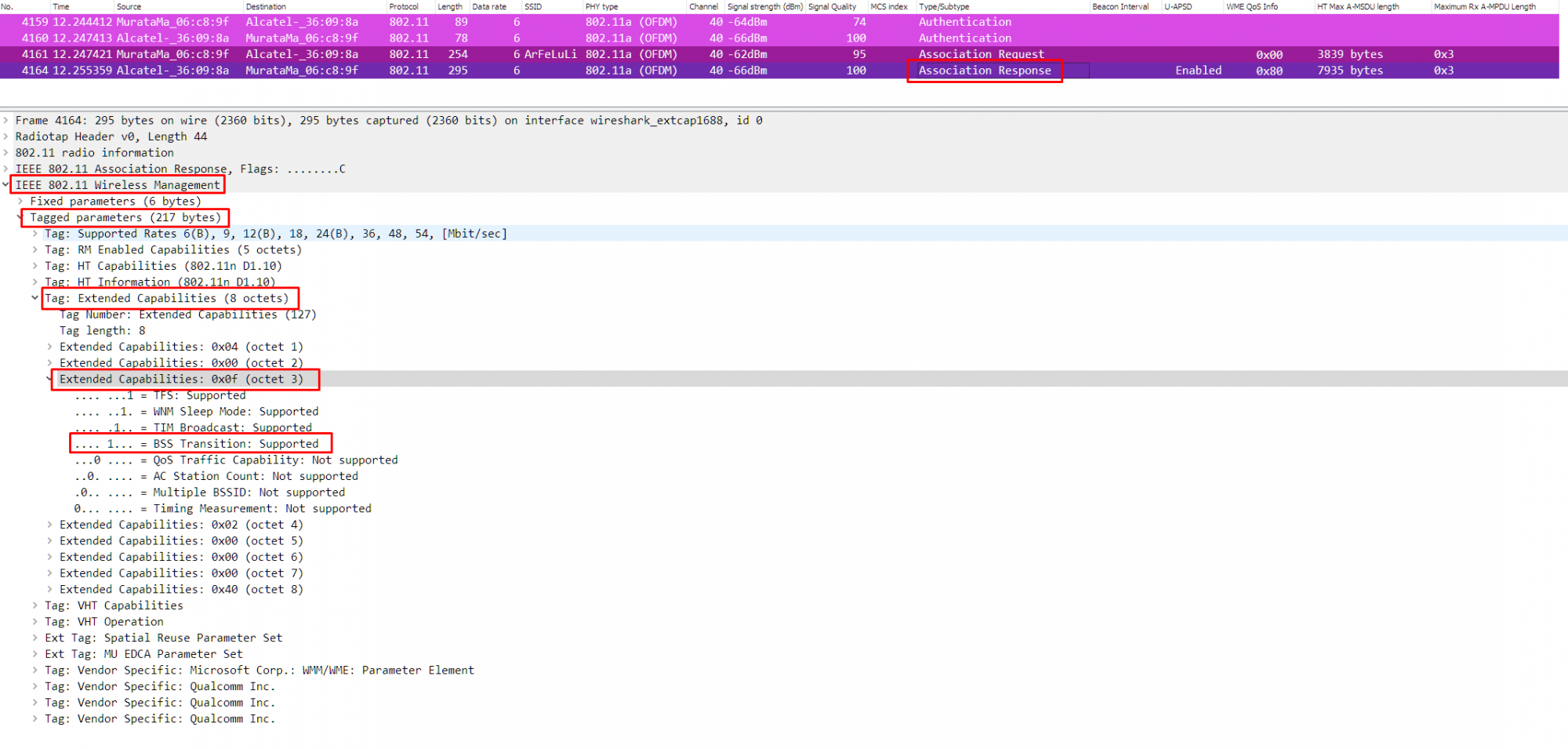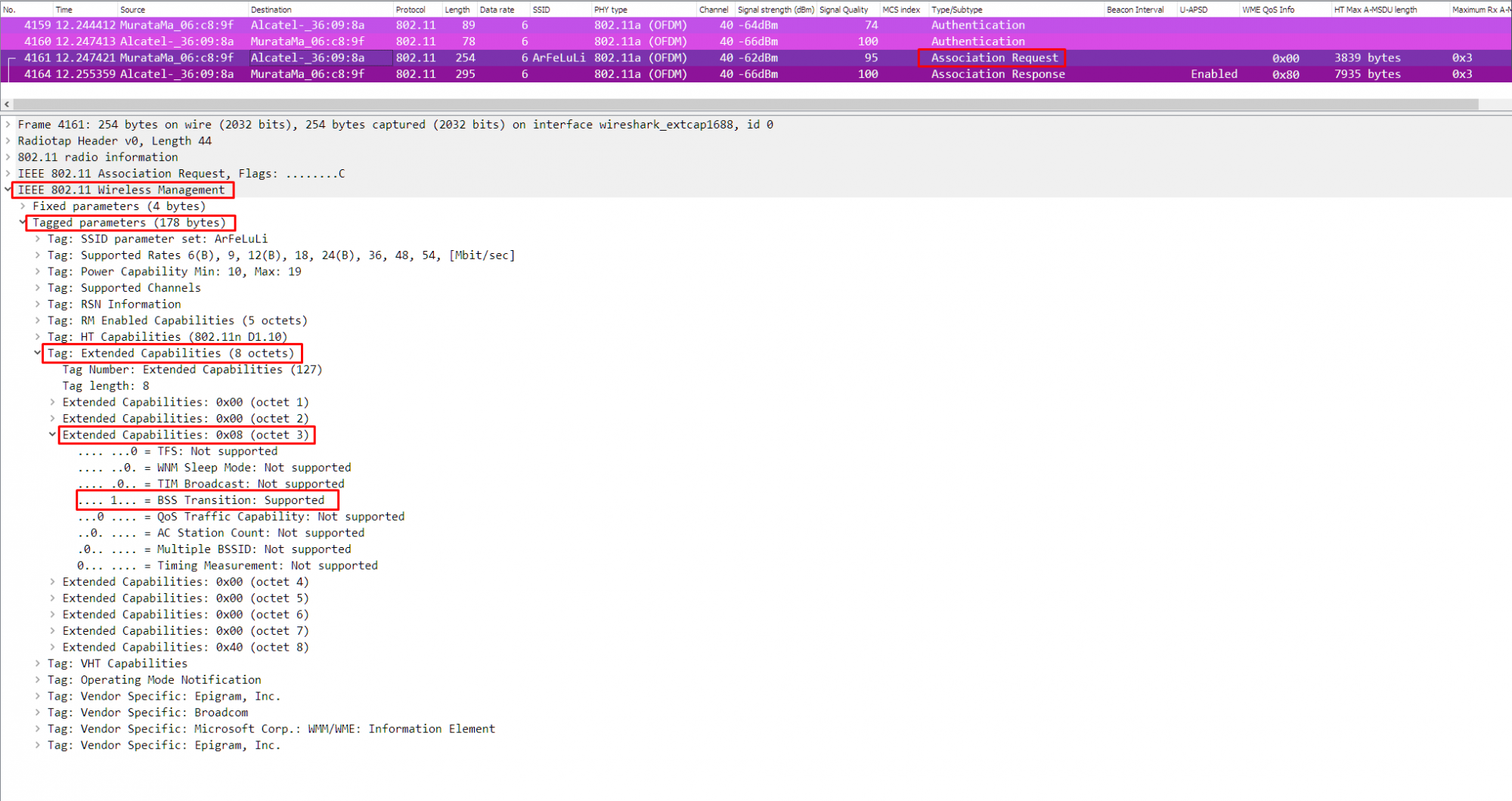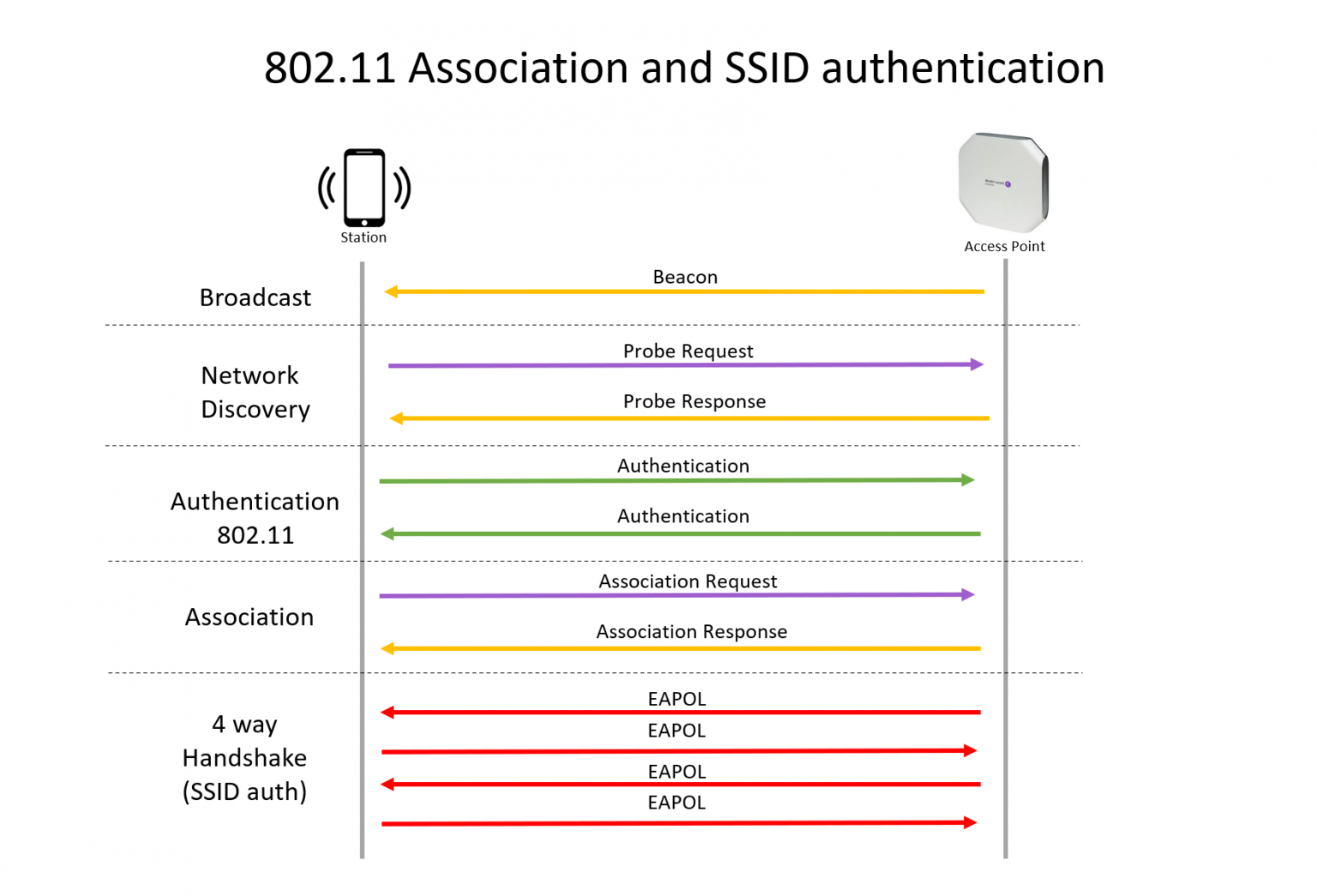Table of Content
802.11v (Wireless Network Management)
802.11v, this amendment was approved in 2011, and addresses improvements to be applied to the standard and the previous amendments for them to support wireless network management in a variety of fields, from multicast transmission to beaconing or sleep modes. Wireless network management has the objective of increasing the knowledge of every station about the status of the network. This amendment provides a mechanism for the stations to exchange information and use it to manage their own configuration, contributing to a general performance enhancement. The new services that this amendment introduces
are summarized in Table 1. The exchange of data involved in the new services takes place through modifications to the format of management frames and defining the format of action frames for wireless network management. It
is straightforward to relate some of these services with the measurements introduced by 802.11k, such as the location report or station statistics collection. The common goal of these two amendments is to increase the knowledge
of the stations about the network conditions, enabling them to manage their own resources to enhance the overall performance, or let the AP manage the resources in the most convenient way. Furthermore, they are not only related, but
802.11v also amends 802.11k (e.g., modifying the content of the neighbor report).
In addition, it complements the information provided for the location service, including more complete and accurate information about how a station can determine this data. Moreover, this amendment is also aligned with the fast transition between BSSs defined by 802.11r. Therefore, the three amendments
can be considered together, for instance, to improve handover performance

Where I can find the 802.11v support in a 802.11 Packet Capture?
As we mentioned before the 802.11v needs to be supported by the 2 elements participating in the Roaming process, i.e. Access Points and client devices, each of these devices will announce the 802.11v support in different 802.11 frames.
The Access Points will announce BSS Transition Management support in the Beacons , Probe Responses and Association Responses while the client devices will announce it in the Association Request and Probe Requests. Let’s see and example of each of these frames in a packet capture
Beacon, Probe Response and Association Response from an Access Point
In these three frames (Beacons, Probe Response and Association Response) the BSS Transition support is located within the IEE 802.11 Wireless Management > Tagged parameters > Extended Capabilities > Octet 3 (see the image below)



Association Request and Probe Request from a client device
In these both frames (Association Requests and Probe Requests) the BSS Transition support is located within the IEE 802.11 Wireless Management > Tagged parameters > Extended Capabilities > Octet 3 (see the image below)


802.11k (Radio Measurements and Reports)
This amendment was approved in 2008, its goal is to provide each station in the network with a better knowledge of the network status, to accomplish this this amendment enables the stations and the AP’s to take some Radio Measurements, it is worth pointing out that these measurements are not vendor-dependent, as happens, for instance, with measurement of the received signal strength indicator (RSSI) that depends on the Hardware manufacturer.
A station can perform its own local measurements or request them from other stations. To accomplish this the 802.11k amendment added some modifications to the body of management frames, to make every station aware that the radio resource measurement capabilities are available and to enable the exchange of the measurements among the stations, this exchange of information is done using ACTION frames, an ACTION Frame is a kind of Management frame that triggers an action. All this valuable information can be used by the station to take a decision to which AP should roam considering not just the RSSI and SNR but the load of the AP at that moment for instance.

802.11r (Fast BSS Transition)
This amendment, also approved in 2008, addresses the movement (roaming) of a station from one BSS (AP Radio) to another within the same ESS with the goal to minimize the interruption in data connectivity. To accomplish its goal the 802.11r amendment reduce the time needed for a transition (roaming) by providing mechanisms for authentication with equivalent security as that provided by the 802.11i, and QoS negotiation for QoS support as in 802.11e but reducing the delay in the transition. In a fast transition, the negotiation of QoS and the authentication exchange are done prior to re-association, which speeds up the process. The fast transition mechanism only applies to transitions between AP’s belonging to the same ESS.
A good CWAP study book here
More info about the 802.11 Protocol Analysis here
More info about the 802.11 standard here
More info about the God of the Bible here





No responses yet